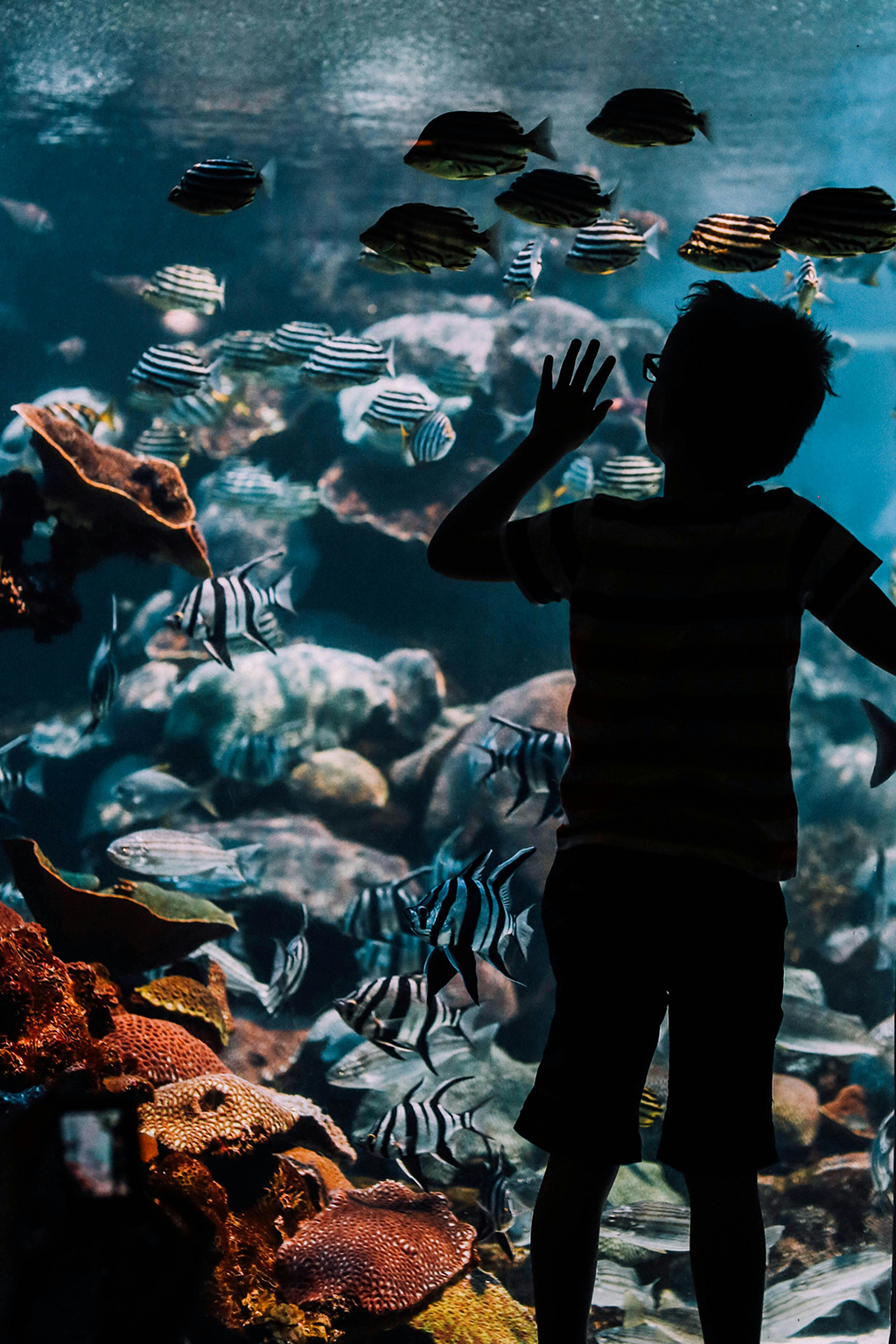Experiencing Awe with Children
I’ve come across several news posts lately that reference the work of Dacher Keltner, mostly related to his recent book, AWE: The New Science of Everyday Wonder and How it Can Transform Your Life1. Keltner is a professor of psychology at the University of California, Berkley, was an advisor to the Pixar creators of Inside Out and Soul, and has spent much of his career studying awe. Interested in learning more, I ordered a copy of the book and found it a helpful reminder of the importance of keeping awe alive in our lives, sharing awe with our children, and experiencing it with them.
Keltner and his colleagues define awe as “the feeling of being in the presence of something vast that transcends your current understanding of the world.” They find that most people experience awe in their everyday lives by experiencing moral beauty, nature, music, art, and film. Their studies revealed that experiences of awe produce physical changes in our bodies, like reduction of inflammatory markers, as well as psychological changes, like reducing our focus on ego, individual focus, competitive advantage, individualism, and materialism. Feelings of awe increase our sense of being part of interconnected networks as individuals collaborating to create community and culture. Awe leads to being more open to new ideas and recognizing others’ strengths and virtues as we rely less on ourselves and more on the collective community.
These results are not surprising to open and relational theologians, who often think of the universe as a vast, interconnected web of relationships in which everyone and everything experiences and influences. When we have experiences that remind us of this relationality, we are reminded of our smallness while also recognizing our significance.
Occasionally, we are surprised by an awe-inspiring image. For most of us, these moments of awe are random and infrequent. Keltner reminds us that we can be more intentional about looking for awe in many different situations and experiences, including nature, music, and art. People also experience awe when participating in collective activities like sports, dance, and religion, as well as when observing traits in others like kindness, courage, and strength. Intentionally experiencing these events helps us appreciate the awe they can inspire.
For the past ten years, I’ve called myself a runner. As time and age make themselves evident in my body, I’ve admitted that my days of seeking personal records and fast paces may be fading. My runs have become less about training my body and more about experiencing the world around me. My “current understanding of the world” is challenged by a small purple flower holding out against the coming winter weather. I wonder at the birds who watch me from their perch on a utility pole and the trees who are a consistent cheering crowd with their branches extended as if to give me a high-five. As I run by the mighty Mississippi River, I’m awestruck by how it is constantly present while changing every moment.
Experiencing awe requires intentionally considering things we see daily and letting ourselves sit in a moment of wonder. Our Western, mechanical, analytical thinking style leads us to seek explanations and answers for things we wonder about. Experiencing awe calls us to interact on a level of mystery that “transcends our current level of understanding.”
When we think about sharing experiences of awe with our children, we appropriately look for ways to expose them to experiences like nature, art, and music. We point out streams, sunsets, the moon, and stars. And sometimes, in our “grown-up” minds, we see them through our understanding of the water cycle, planetary orbits, and galaxies. Perhaps we let our sophistication keep us from seeing the true wonder from a child’s perspective.
Children approach the world with eyes full of wonder. The crunch of snow and the slipperiness of ice under their winter boots transcends their current understanding. Their eyes widen when they see the elephant at the zoo and when they watch the neighbor’s dog playing with a ball. For them, the trucks, barges, and trains that pass by are amazements rather than simply background noise.
When we think about parenting, we focus on teaching and guiding our children. The experience of awe reminds us that parenting is relational. It’s a two-way process where we are not only teachers and guides but also students and followers. As “grown-ups,” we are blessed to be around children who remind us that we can experience awe every day by looking at our world with wonder and appreciating the mysteries that transcend our current understanding.
So take a walk, visit a museum, or go to a concert and seek moments of awe. Your body and mind will heal and grow. Take your children along. It will be good for them, too. Just remember to watch through their eyes of wonder, letting them be your guide.
1 Dacher Keltner, Awe : The New Science of Everyday Wonder and How It Can Transform Your Life (New York, NY: Penguin Press, 2023).
photo: Rachel Clair, pexels





0 Comments